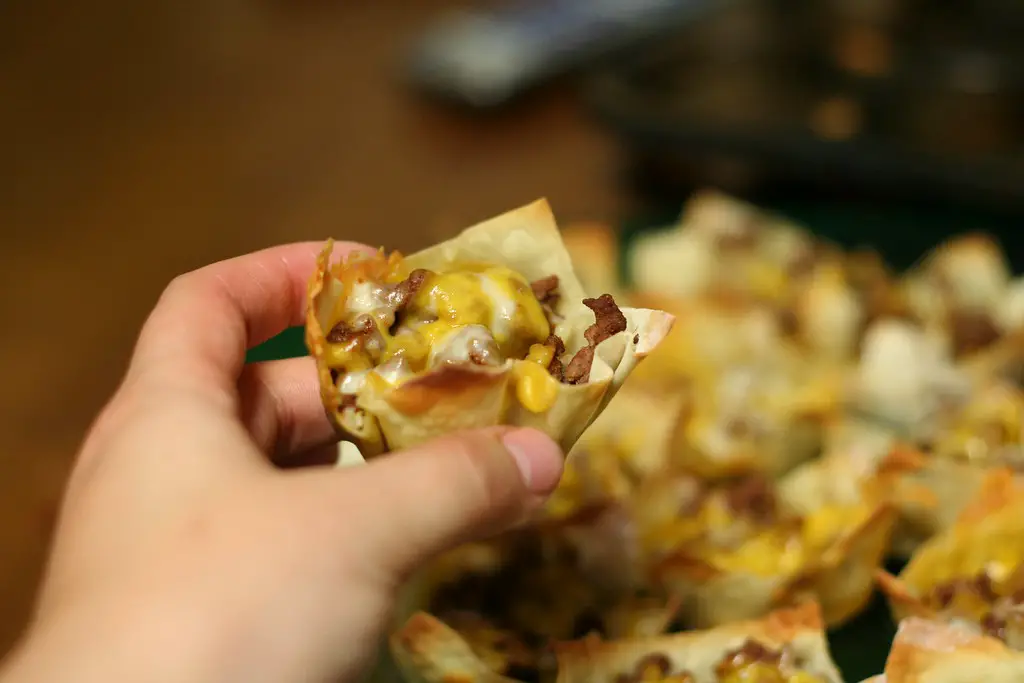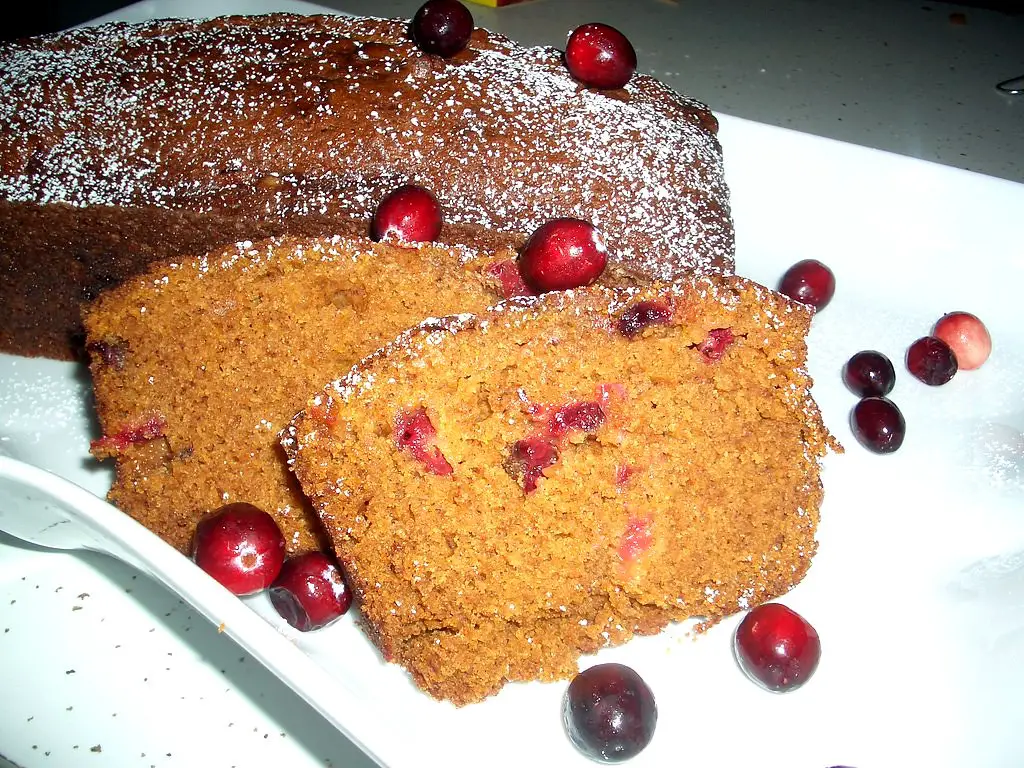Dumplings, known by various names and prepared in countless styles, are a beloved culinary delight enjoyed across the globe. These bite-sized parcels of joy have transcended cultural boundaries and become an integral part of the culinary world. Among the myriad of dumpling varieties, Korean dumplings stand out as distinctive treasures, boasting a rich history, unique flavors, and diverse preparations. In this article, we will embark on a culinary journey to explore what makes Korean dumplings different and why they are a must-try for any food enthusiast.
The History of Korean Dumplings
To understand the unique characteristics of Korean dumplings, it’s essential to delve into their historical roots. Dumplings, called “mandu” in Korean, have been a part of Korean cuisine for centuries. The history of Korean dumplings can be traced back to the Three Kingdoms period (57 BC – 668 AD). These early dumplings were initially simple, made with ingredients like minced meat, vegetables, and seasonings wrapped in thin dough.
As time passed, Korea’s interactions with neighboring countries, such as China and Mongolia, influenced the evolution of Korean dumplings. Chinese dumplings, or “jiaozi,” played a significant role in shaping Korean dumpling culture, leading to the adoption of various cooking methods, including steaming, boiling, and pan-frying.
Distinctive Ingredients and Fillings
One of the key factors that set Korean dumplings apart is the choice of ingredients and fillings. Korean dumplings offer an array of unique flavors that cater to a wide range of tastes. Some popular Korean dumpling fillings include:
Kimchi Dumplings (Kimchi Mandu): Kimchi, the iconic Korean fermented cabbage dish, is a staple in Korean cuisine. Kimchi dumplings are filled with a mixture of kimchi, ground pork or beef, tofu, and seasonings. The tangy and spicy flavors of kimchi infuse the dumplings, creating a delightful contrast with the dough’s mildness.
Mandu with Glass Noodles (Japchae Mandu): These dumplings feature a filling of glass noodles (made from sweet potato starch), vegetables, and sometimes ground meat. The inclusion of glass noodles provides a unique chewy texture and a subtle sweetness.
Tteok Mandu: Tteok (rice cakes) are a cherished component of Korean cuisine. Tteok mandu combines rice cake cubes with a filling of minced meat and vegetables. The juxtaposition of the soft, chewy rice cake and the savory filling is a sensory delight.
Traditional Dumplings (Chal Mandu): These dumplings adhere to the traditional Korean flavor profile, featuring a mixture of ground beef, tofu, and various seasonings. The focus is on the balance of flavors and the use of fresh ingredients.
Seafood Dumplings (Haemul Mandu): For seafood enthusiasts, Korean cuisine offers dumplings filled with a medley of seafood, including shrimp, squid, and fish, blended with vegetables and spices. The result is a dumpling bursting with oceanic flavors.
Diverse Cooking Methods
Korean dumplings are renowned for their versatility when it comes to cooking methods. While steaming and boiling are common techniques, pan-frying and deep-frying are equally popular. Each method imparts a distinct texture and flavor to the dumplings, making the dining experience all the more exciting.
Steamed Dumplings (jjinmandu): Steamed dumplings are prepared by placing the dumplings in a bamboo steamer and cooking them over boiling water. This gentle cooking method ensures that the dumplings remain soft and moist, allowing the flavors to meld beautifully.
Boiled Dumplings (mulmandu): Boiling dumplings is a quick and easy way to prepare them. The dumplings are submerged in boiling water until they float to the surface, indicating they are ready to be served. This method results in a clean and fresh taste.
Pan-Fried Dumplings (gunmandu): Pan-frying, also known as “gunmandu,” gives Korean dumplings a crispy, golden-brown exterior while retaining their juicy interior. The sizzling sound as the dumplings hit the hot pan is music to any food lover’s ears.
Deep-Fried Dumplings (twigim mandu): Deep-frying takes dumplings to a whole new level of indulgence. These dumplings are enveloped in a crunchy, golden crust that contrasts wonderfully with the flavorful filling. They are often served with a dipping sauce for an extra burst of flavor.
Unique Regional Variations
Korea’s diverse culinary landscape means that there are regional variations of dumplings that showcase the country’s culinary diversity. Some notable regional dumpling styles include:
Pyongyang-style Dumplings (Pyongyang Mandu): Hailing from the North Korean capital of Pyongyang, these dumplings are characterized by their mild and delicate flavors. They typically contain a mixture of ground meat, tofu, and vegetables.
Jeju Black Pork Dumplings (Jeju Heuk Dwaeji Mandu): Jeju Island, known for its unique culinary traditions, offers dumplings filled with succulent black pork. The richness of the pork is complemented by a blend of aromatic spices.
Hamheung-style Dumplings (Hamheung Mandu): Originating from Hamheung in North Korea, these dumplings are famous for their translucent, delicate wrappers. They are typically filled with a mixture of ground meat, vegetables, and vermicelli noodles.
The Art of Dumpling Folding
The art of folding dumplings is another aspect that sets Korean dumplings apart. Korean mandu come in various shapes and styles, and the way they are folded often reflects the region or the chef’s creativity. Some common folding techniques include:
Half-Moon Shape: This classic dumpling shape involves folding the dough in half to create a half-moon or crescent shape. It’s a popular choice for many types of Korean dumplings.
Pleated Edge Dumplings: Dumplings with pleated edges are known for their intricate and visually appealing appearance. The dough is pleated along the edge, creating an elegant design.
Crown Shape Dumplings: Crown-shaped dumplings are made by folding the dough in a circular pattern, with the filling exposed at the top like a crown.
Triangle Dumplings: Triangular dumplings are folded into a three-sided shape, giving them a unique appearance. They are often used for specific types of dumplings.
Dipping Sauces and Accompaniments
Korean dumplings are typically served with a variety of dipping sauces and accompaniments that enhance the overall dining experience. Some popular choices include:
Soy Dipping Sauce: A simple mixture of soy sauce, rice vinegar, and a touch of sugar. It provides a salty and tangy contrast to the dumplings.
Spicy Gochujang Sauce: Gochujang is a fermented red chili paste that adds a fiery kick to the dumplings. When mixed with soy sauce and other seasonings, it creates a bold and spicy dipping sauce.
Vinegar-based Dipping Sauce: A combination of vinegar, soy sauce, and sugar creates a slightly sweet and tangy sauce that complements the dumplings’ flavors.
Pickled Vegetables: Korean dumplings are often served with a side of pickled vegetables, such as kimchi or pickled radishes, to add a refreshing crunch and contrast.
The Cultural Significance of Korean Dumplings
Beyond their culinary appeal, Korean dumplings also hold cultural significance in Korea. They are an integral part of various celebrations and rituals. For example:
Lunar New Year: Korean families come together to make and enjoy dumplings during Lunar New Year (Seollal) as a way to bring good luck and prosperity for the coming year. It’s a cherished tradition that promotes family bonding.
Dano Festival: Dumplings play a role in the Dano Festival, a traditional Korean holiday celebrated on the 5th day of the 5th month of the lunar calendar. People offer dumplings to ensure a bountiful harvest and ward off evil spirits.
Ancestor Worship: Dumplings are often offered to ancestors during ancestral rites (Charye) as a gesture of respect and remembrance.
A Culinary Adventure Awaits
In conclusion, Korean dumplings are a testament to the rich tapestry of Korean cuisine. Their unique fillings, diverse cooking methods, regional variations, and cultural significance make them a culinary adventure waiting to be explored. Whether you prefer the fiery flavors of kimchi dumplings, the delicate folds of Pyongyang-style dumplings, or the crispy goodness of pan-fried mandu, Korean dumplings have something to offer every palate. So, the next time you embark on a gastronomic journey, be sure to savor the distinctive delights of Korean dumplings, and you’ll discover why they are truly different and deserving of a special place in the world of dumplings.


















